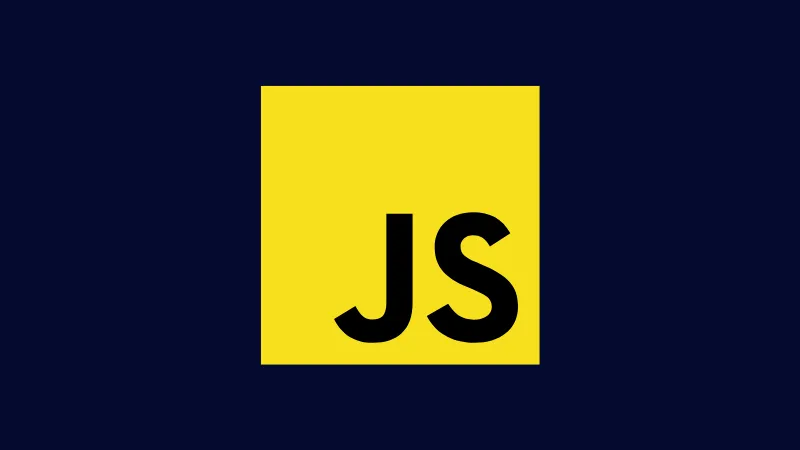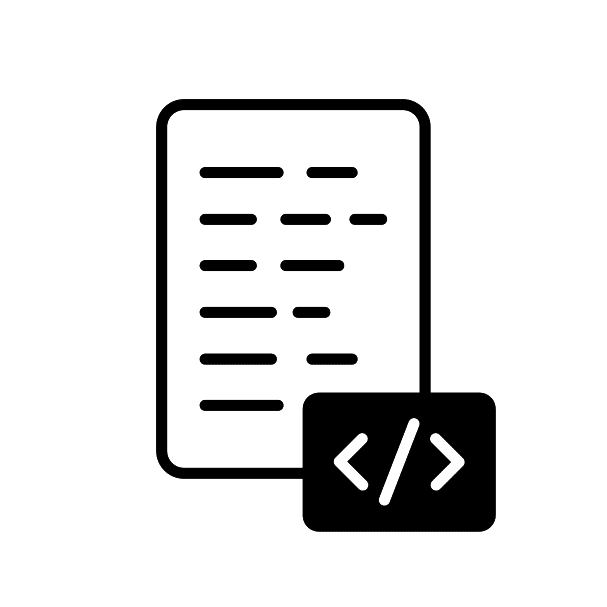Unleash dynamic web experiences and craft cutting-edge applications with JavaScript.

Our teachers and tutors graduated from top universities








Overview

Tailored Coding Syllabus
Pick the programming languages or subjects that excite you, and we'll pair you with a specialized tutor for customized learning.

Flexible Coding Sessions
Your learning curve is tailored to your pace and specific challenges, guaranteeing steady advancement free from distractions or competing priorities.

Customized One-on-One Tutoring
Your educational progression is designed to match your speed and selected obstacles, ensuring uninterrupted growth without the distractions or conflicting demands.
About JavaScript
JavaScript is a global leader in creating interactive web experiences. It’s the world’s most used programming language, deployed as client-side code on 97% of all websites.
But JavaScript is not just limited to client-side web development; its versatility extends to server-side programming, mobile app development, and even game creation. With the advent of Node.js, JavaScript has been reimagined for server-side logic, making it a full-stack development language. Frameworks like Angular, React, and Vue have revolutionized the way web applications are built, offering more organized and efficient approaches to programming.
Because of its ubiquity and broad community support, learning JavaScript opens up countless opportunities for budding developers. Libraries and frameworks are continually being developed, enhancing the language’s capabilities and streamlining complicated tasks. Its asynchronous programming features, like AJAX and Promises, allow for the creation of fast, real-time applications like chat engines, online gaming, and collaborative editing environments.
In addition to its extensive use in web development, JavaScript is also increasingly relevant in the world of IoT (Internet of Things), where its event-driven architecture is valuable for sensor data and real-time analytics. Moreover, machine learning libraries like TensorFlow.js are making it easier to integrate AI capabilities directly into JavaScript applications, thus broadening its potential even further.
Another strength of JavaScript lies in its community-driven nature. With thousands of open-source packages and utilities available through package managers like npm (Node Package Manager), the scope for collaboration and improvement is immense. This ecosystem enables rapid development cycles and fosters innovation, as developers from around the world contribute to an ever-growing repository of shared knowledge and tools.
Its lightweight, interpreted nature makes JavaScript an ideal choice for startups and projects with quick development timelines. The language also provides excellent compatibility across different browsers and devices, which is crucial in an era where users access websites and apps from an array of platforms.
Whether you are an aspiring entrepreneur looking to build the next disruptive platform or a student eager to enter the tech industry, the JavaScript landscape offers unlimited potential for career growth and technological innovation.
Description
This course equips you with the skills to think and operate like a developer by mastering problem-solving, researching solutions, and designing code workflows using JavaScript. See JavaScript in action daily in things like Amazon’s search box, embedded news videos, or your Twitter feed.
Career avenues with JavaScript include front-end web development, web application development, and website administration.
What you will learn
- Core JavaScript essentials: variables, conditionals, operators, boolean logic, functions, arrays, objects, loops, and strings, among others.
Requirements
- Ages 10-18
- If learning JavaScript for web design, basic understanding of HTML and CSS
Student FAQs About Coding with Javascript
JavaScript is a dynamic, high-level language that is event-driven and object-oriented. It supports both imperative and declarative styles of programming. Core principles include variables, data types, control structures, functions, objects, and arrays.
Yes, JavaScript is considered beginner-friendly because it has a simple syntax compared to other programming languages. It also provides immediate feedback through web browsers, allowing learners to see the results of their code in real-time.
For front-end development, Angular, React, and Vue.js are popular choices. For server-side or back-end development, Node.js is commonly used. Libraries like jQuery, D3.js, and TensorFlow.js are also worth exploring for specialized tasks.
ECMAScript is a standard for scripting languages, and JavaScript is an implementation of that standard. ECMAScript sets the core principles and syntax rules, whereas JavaScript builds upon it by adding features, libraries, and APIs.
With the advent of Node.js, JavaScript can be used for both client-side (front-end) and server-side (back-end) development. This makes it a full-stack language, enabling developers to build an entire application using just JavaScript.
Simple projects to start with include to-do lists, calculators, and basic web pages. As you progress, you can move on to more complex projects like chat applications, data visualizations, or simple games.
The timeline varies depending on prior programming experience and the amount of time you can devote to learning. Generally, with consistent practice and engagement in real-world projects, you can achieve a good level of proficiency in 6 to 12 months.
How it works
1
Request a tutor
Let us know your goals and age range. We'll figure out a plan to help get you there.
2
Match with a tutor
We'll recommend you a tutor based on your needs and goals, or you can request a specific tutor.
3
Start a free trial
Experience a free trial lesson with your new tutor and see if your learning style matches.
4
Keep it up!
If everything went well, sign up to keep going! You can choose the pacing of the lessons
Need more info?
Let's talk.
Leave your phone number, and we’ll call you back to discuss how we can help you.


